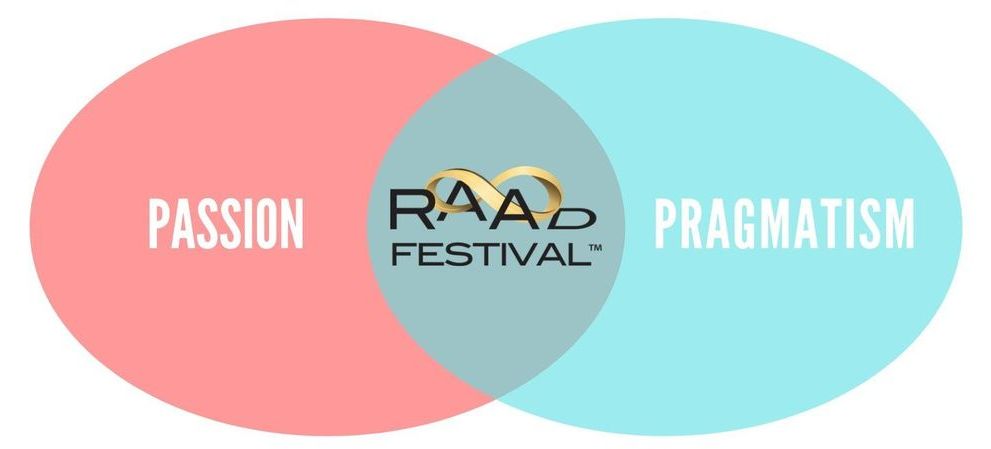On senescent cells, mechanism of interaction and (potential?!) side effects of NAD+ supplements. “… Those people self-experimenting with NAD+ precursor supplementation should consider keeping a close eye on markers of inflammation…”
Enhancing levels of NAD+ in mitochondria via delivery of various precursor compounds as supplements is growing in popularity as an approach to boost faltering mitochondrial function and thus modestly slow the progression of aging. A human trial demonstrated improved vascular function as a result of nicotinamide riboside supplementation, for example. Researchers here show that increased NAD+ will likely make worse the inflammatory signaling of senescent cells, however. Senescent cells accumulate with age, and are an important cause of the chronic inflammation of aging that drives the progression of many age-related diseases.
The results here suggest that efficient senolytic treatments to selectively destroy senescent cells should proceed any of the current approaches to raising levels of NAD+ in older individuals — and it is an open question as to whether any of the existing available options are efficient enough to make NAD+ enhancement safe in the longer term. Those people self-experimenting with NAD+ precursor supplementation should consider keeping a close eye on markers of inflammation.







